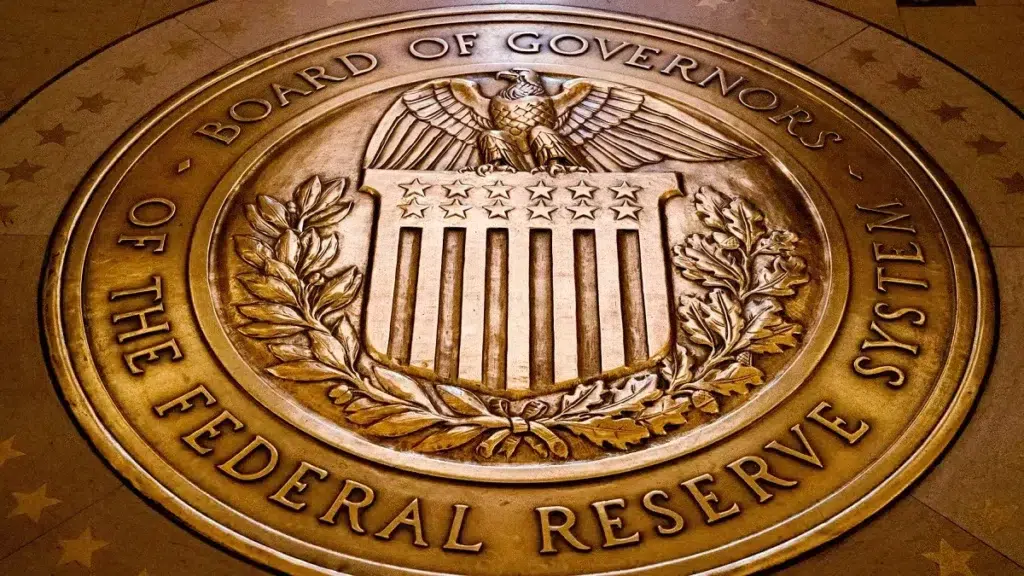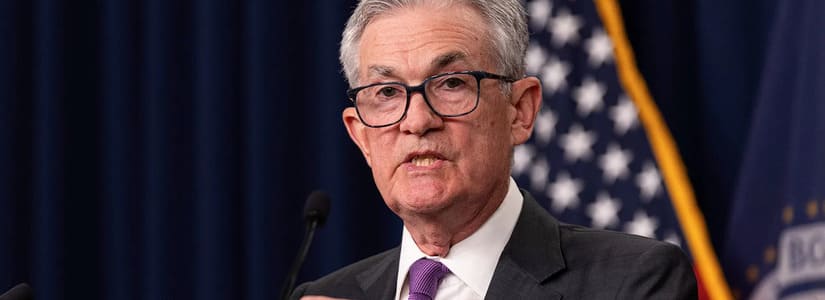TL;DR
- The Federal Reserve will host a digital payments conference on October 21, focusing on stablecoins, tokenization, and artificial intelligence.
- The announcement signals the regulatory shift under the Trump administration, which removed barriers for banks to explore services tied to cryptocurrencies and stablecoins.
- The agenda will feature panels on dollar-backed stablecoins, the tokenization of bonds and real estate, and the use of AI in payment systems.
The U.S. Federal Reserve will host a conference on October 21 dedicated to payments innovation, addressing three main topics: the role of stablecoins, the tokenization of financial and non-financial assets, and the impact of artificial intelligence on the payments system.
The event will be livestreamed on the Fed’s official website, with the aim of opening the discussion to a broader audience rather than limiting it to regulators and banks.
The announcement highlights a clear policy shift at the central bank under the Trump administration. Earlier this year, the Fed scrapped guidance that discouraged financial institutions from engaging in cryptocurrency and stablecoin activities. It also eliminated the “reputational risk” category from oversight exams, which had been criticized for enabling the exclusion of clients tied to digital assets. These changes gave banks greater freedom to explore services involving cryptocurrencies without fear of regulatory penalties.
What Topics Will the Fed Cover?
The conference agenda will include panels on how dollar-backed stablecoins can improve the efficiency of everyday payments. Discussions will also examine how these tokens could drive demand for safe assets like U.S. Treasuries, since high-quality collateral is required to back their issuance. In parallel, the event will cover the tokenization of instruments such as bonds and real estate, opening the door for traditional investment products to circulate digitally with greater liquidity and traceability.
Another key focus will be artificial intelligence in payment systems. The Fed will present use cases ranging from fraud detection to automating international transfers. The objective is to evaluate how these tools can lower costs and reduce processing times without undermining financial stability.
Fed Governor Christopher Waller explained that payments innovation stems from the need for consumers and businesses to access faster and more secure methods. He emphasized that the conference aims both to identify opportunities and to assess the risks of integrating new technologies. The event signals that the U.S. central bank is no longer standing on the sidelines of digital finance and is beginning to actively explore its integration into the banking infrastructure













